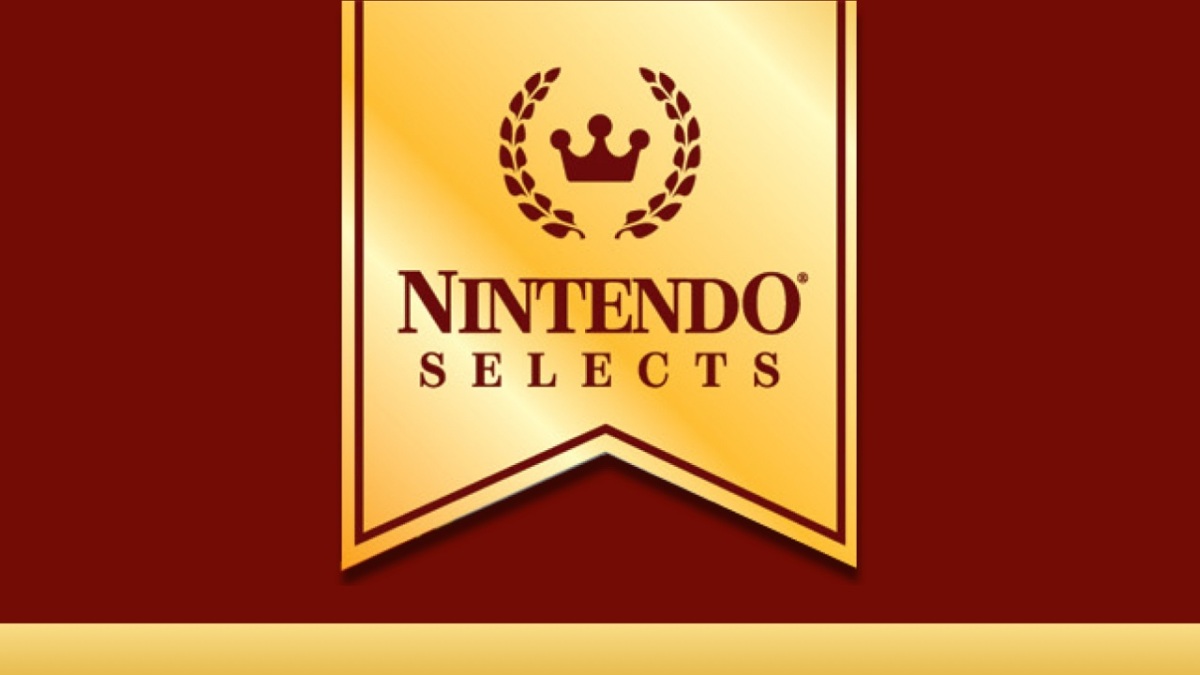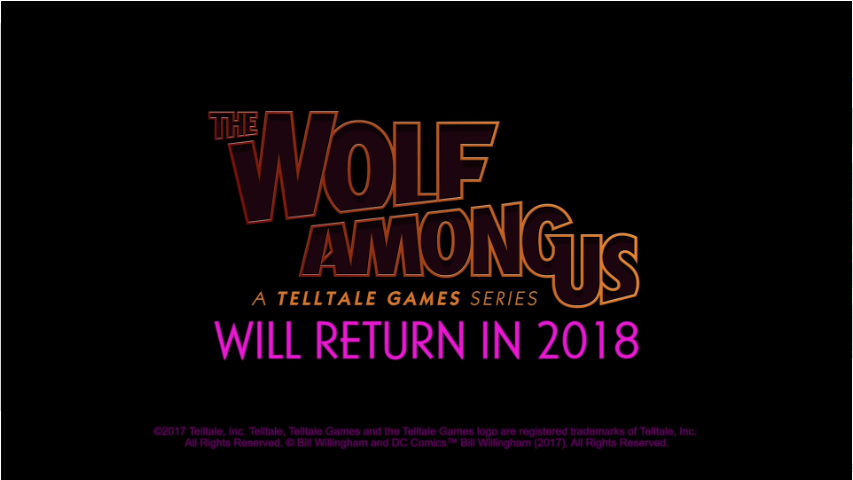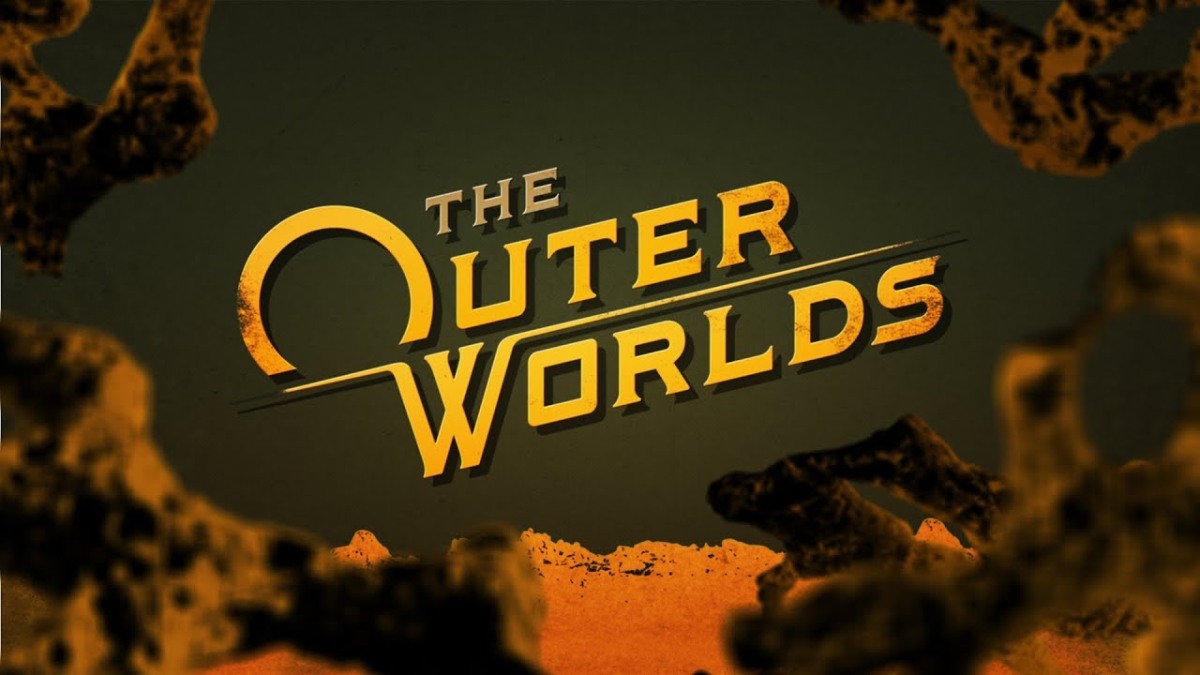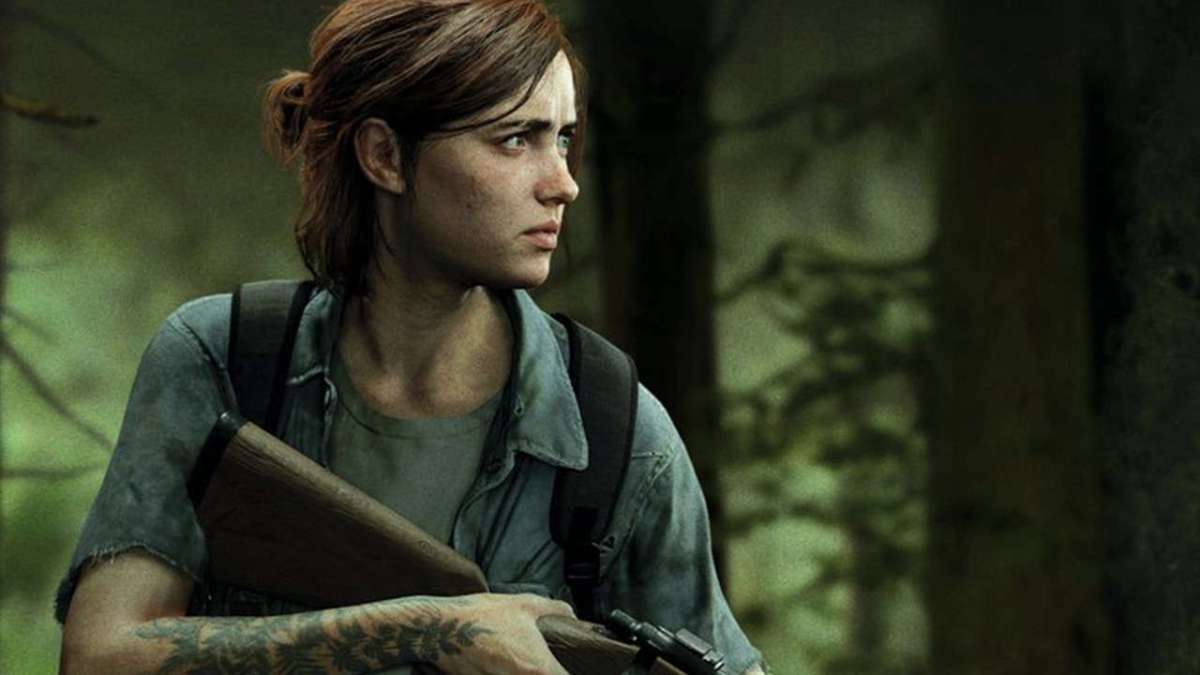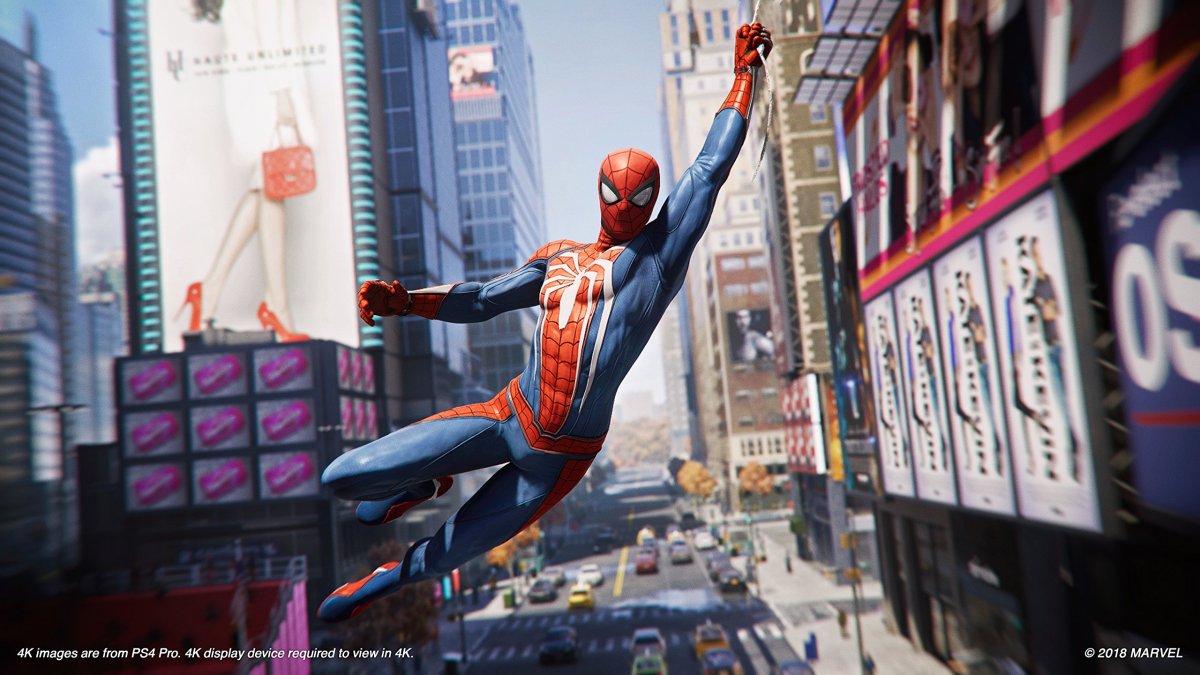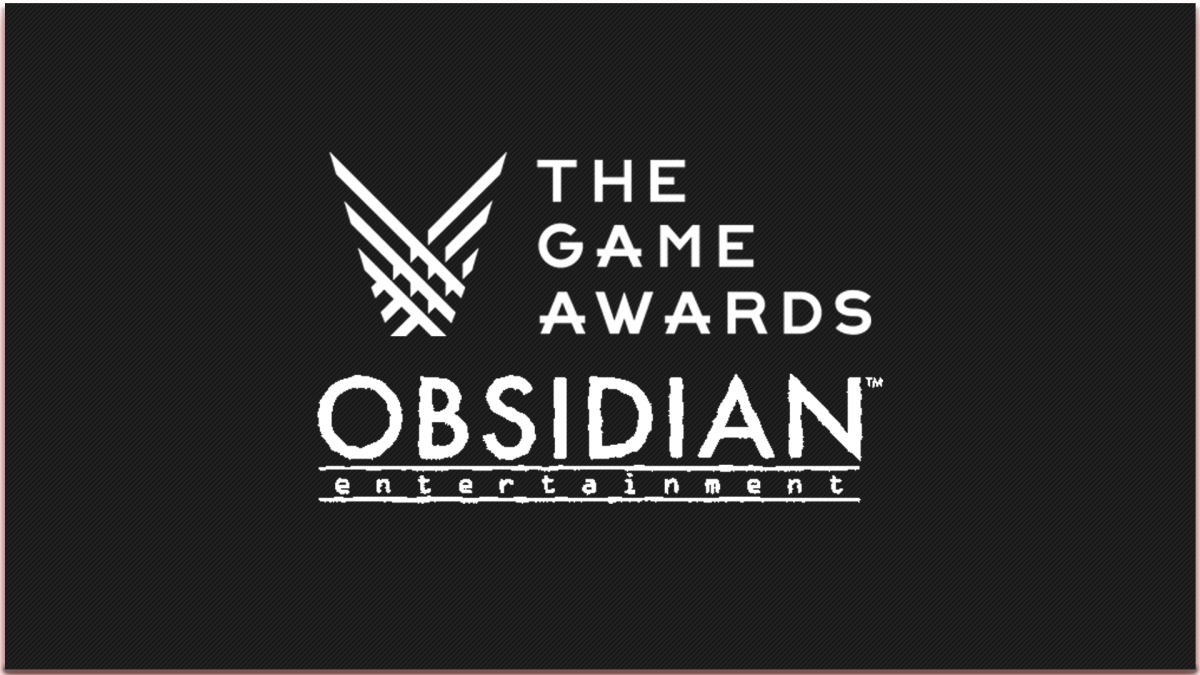With the award season right around the corner, Bonus Accessory will be taking a look at some of the top games of the past year, and examine why each game deserves the title of Game of the Year. This is part two of our five part series entitled ‘In Defense of’, and this time we are detailing Ubisoft Montreal’s Assassin’s Creed: Odyssey.
The Assassin’s Creed franchise has truly been one that has been fascinating to watch change over the years. From its hot start out of the gate with the first entry’s release in 2007 and its initial peak with its sequel two years later, to its steady decline in both popularity and quality over the next decade; it’s been a wild ride for one of Ubisoft’s most recognized IPs.
When Ubisoft first announced they would be taking a year off from their annual Assassin’s Creed installments after 2015’s Assassin’s Creed: Syndicate released, fans collectively took a sigh of relief. Long-time fans of the series couldn’t deny the state the franchise was in. Experience-ruining bugs, glitches and issues were scattered through the files of Syndicate, but it many of these were found in their infancy through previous entries, growing year after year. Fans felt the story was becoming more convoluted and over-complicated, and most importantly, they began to feel a staleness in gameplay, as if it were a potato chip bag left open for days. Needless to say, the series needed a nap, or a Snickers (sorry for the poor pun/analogy…).
Enter Ubisoft Montreal with 2017’s Assassin’s Creed: Origins; a fresh take on a familiar face. Gone were the days of linear, closed world experience, and in their place was bright and vibrant Egyptian sandbox, in which every crack and iota was explorable. RPG-based mechanics were introduced, along with a fun lite looting system that fans of games such as Destiny and Diablo would find interesting. Met with critical and consumer acclaim, Origins gave what fans of the series want: freedom. Most importantly, what Assassin’s Creed: Origins did was lay the foundation for what the series could become; 2018’s Assassin’s Creed Odyssey built the estate with that potential.

Everything that fans loved about Origins, remained in Odyssey; and everything thy didn’t was improved on. Sure, that sounds like a given, but you’d be surprised at how often that doesn’t happen when a new entry in a game series is created. Yet, I don’t see Odyssey as a sequel to Origins. There is a narrative that connects the outside world of Layla Hassan and the Animus, but in all honesty, that could’ve been foregone. The meat and potatoes of this game is with our hero/heroine, the sibling mercenaries Alexios & Kassandra, and their story to unravel the mystery surround their family and connect to King Leonidas; just as Origin‘s story surrounded Bayek and his tale.
Giving the player an option to choose their gender in 2018 isn’t a crazy concept, but the way that Odyssey integrates it into its narrative feels so natural. Personally, I chose Alexios during my playthrough, but know how the story is affected by using each character, it makes me want to go back and experience Kassandra’s tale. Getting an open world to gel correctly with a narrative that very little studios end up finding success with, due to the overwhelming size and undertaking that is required to pull it off; but Ubisoft Montreal found a way to let players feel as though the world around them is a living and breathing experience. Players will find their typical NPCs (non-playable characters) scattered throughout each of the islands on the map, providing you with your typical side quests, but the interaction with those characters makes the quests feel unique and different comparative to many open world games. Say your character wants to emotionally pursue a character you are interacting with for a quest, you have the ability to do that; not in the Mass Effect-simplistic style, but actually have the ability to frame your specific dialog to NPCs and have it truly affect your overall experience. Side quests don’t feel like simple side quests; they have true depth and narrative detail. The characters who wander the various islands in Greece all feel connected and unique to the world around you, in ways not many other games provide you with.

Origins offered players the ability to sail the rivers and wetlands of Egypt, a feature that was present in 2013’s Assassin’s Creed: Black Flag; and that experience is continues into Odyssey. Ship customization provides players a level of depth many simulation-based experiences rarely do. Upgradable aspects range from various arrow types, to the implementation of fire and javelins, giving players the ability to tweak each portion of their primary mode of traveling from island to island. One of the best features with this aspect of the game is the ability to recruit new members of the crew, such as lieutenants. During side quests, and even raids of enemy encampments, you can use dialog options to convince NPCs to join your crew, which will improve various statistical elements of your ship.

One of the best additions to Odyssey is the implementation of bounty hunters and mercenary quest lines. Taking a page out of Bethesda and Rockstar’s book, Ubisoft added the ability to take on contracted hits throughout each of the various areas Alexios or Kassandra will visit. I always found it a fun way to grind for various loot and experience when I would need to increase my level to continue the journey. Personally, at this point in my gaming career, I need to find progression. Between life, writing, and working, my gaming, like many, isn’t as often as I wish it could be, so I normally don’t have the time or patience to waste on grinding levels just reach a certain portion of the map or have the ability to use a certain weapon. Assassin’s Creed: Odyssey changes that. Similar to Sony Santa Monica’s God of War, every moment I’m doing something in game doesn’t feel like its wasting my time, specifically the grinding. I enjoy it, and dare I say, look forward to it; and the combat plays a heavy hand in doing that. Fluidity is the name of the game. With every swing of a sword, stab of a knife, and every perfectly timed parry or dodge, the reward of defeating an enemy continues to get greater with each one you defeat. The RPG elements that Odyssey evolves upon add such a level of ownership in how the player develops his character, but is just enough to not make that same player feel overwhelmed. You continuously feel like it all works in perfect fluidity. Everything I do feels like I’m progressing towards something. As I mentioned before, the Destiny/Diablo-style looting system scratches that itch of continuously getting better and better gear, which then drives me to grind more. Players feel compelled to venture off the beaten path to get stronger and upgrade your abilities.
The real treasure of this game is its world. Towns are filled with a plethora of inhabitants who have detailed backgrounds and personalities. Terrains are painted with picturesque mountain ranges, that players can traverse in smooth and fluid fashion. With aquatic traversal having such a heavy emphasis on this entry, the detail provided in the water is so jaw-droppingly beautiful, it makes you do a double take at times. Normally, I don’t find myself to be overly compelled by how visually stunning a game is, but Odyssey is an exception. If you have the ability to play this game in 4K on either an Xbox One X, PS4 Pro, or PC, do it. My Sony Bravia X900E 4K television, specially with the HDR enabled, gets pushed to its full potential with this game. Being a third party AAA game, Odyssey was designed to run on various levels of hardware. Normally with games in this situation, some edges are cut to make the game perform as close to identical as possible across multiple platforms; but the level of detail provided out of the box with this game is something to marvel at.

If you ask long-term, hardcore Assassin’s Creed fans, they will say “this isn’t Assassin’s Creed anymore”, or some variation to insinuate that the series has drifted too far from its roots; but if you ask this writer, I think it only brings it closer to its roots. The series has always been about creativity in completing an objective, and in most cases that usually results in assassinating someone or multiple people (shocker, right?). Odyssey doesn’t only provide players with an even greater ability to do this, but encourages uniqueness in completing these objectives. Numerous times have I been in a situation where I will look at an enemy base and see the easiest way to eliminate soldiers, but only to have the game then hint at other various ways to complete that objective; especially if you complete all the sub-objectives in the base to get great loot. Nothing screams “Assassin’s Creed” more than uniqueness, and Odyssey provides it by the barrel load.
Not many open world games can pull off checking boxes for almost any type of gamer, but Assassin’s Creed: Odyssey does. From looting, to assassinations, to the buttery-smoothness of the combat, to the depth of dialog and role playing options, what Ubisoft has done to the franchise is something most AAA publishers/developers should focus on doing: evolving a franchise. Ubisoft has already confirmed that fans won’t be seeing another entry in the franchise next year, and that’s a great thing. Continued support for this game is what players want, and if the extra year of development time for the next entry is any indication what could be next for the franchise, it looks as if the series could be a front runner for Game of the Year for even more years to come.
For more coverage on Game of the Year heading in the Game Awards 2018, be sure to follow us on Twitter and Facebook, and keep it locked in on Bonus Accessory.



